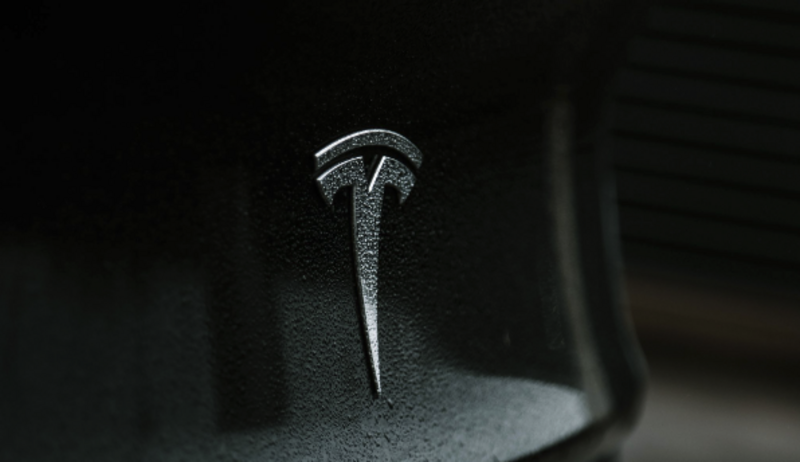Its CEO may be busy challenging Mark Zuckerberg to cage matches, but Tesla has still managed to come up with a new way to make cars that’s expected to be faster and cheaper
Driving the news: Using 3D printers, Tesla has created a new “gigacasting” process, in which many small parts of a vehicle are made from a single mould.
How it works: Typically, automakers have to create individual moulds for hundreds of small parts that go into a vehicle. Tesla has managed to create one that incorporates most of the complex parts of their EVs into one mould.
-
By using 3D printers to build test moulds with industrial sand, Tesla spends 3% of what they would making metal test moulds. That’s allowed them to iron out the design kinks of their vehicles quickly and at a fraction of the cost.
-
Automakers have historically avoided gigacasting because of the cost of redesigning the metal test moulds if they need to make a change—up to US$1.5 million per mould.
Why it matters: The manufacturing breakthrough means Tesla could start producing vehicles at a significantly lower cost than its competitors. Even consumers skeptical of going electric could be enticed if Tesla can offer a high-quality EV cheaper than traditional cars.
-
Tesla is aiming to offer its new small EV model—which has been at the center of the breakthrough—for US$25,000 by mid-decade.
Yes, but: The company still needs to make new gigapresses with more clamping power and build bigger facilities to accommodate them, both of which will take time and are sure to cost a solid chunk of change.
Bottom line: Two-thirds of global car sales are expected to be EVs by 2030. If Tesla is manufacturing their vehicles at a fraction of what their competitors are by then, it’s safe to assume a lot of those will be Teslas.—LA
